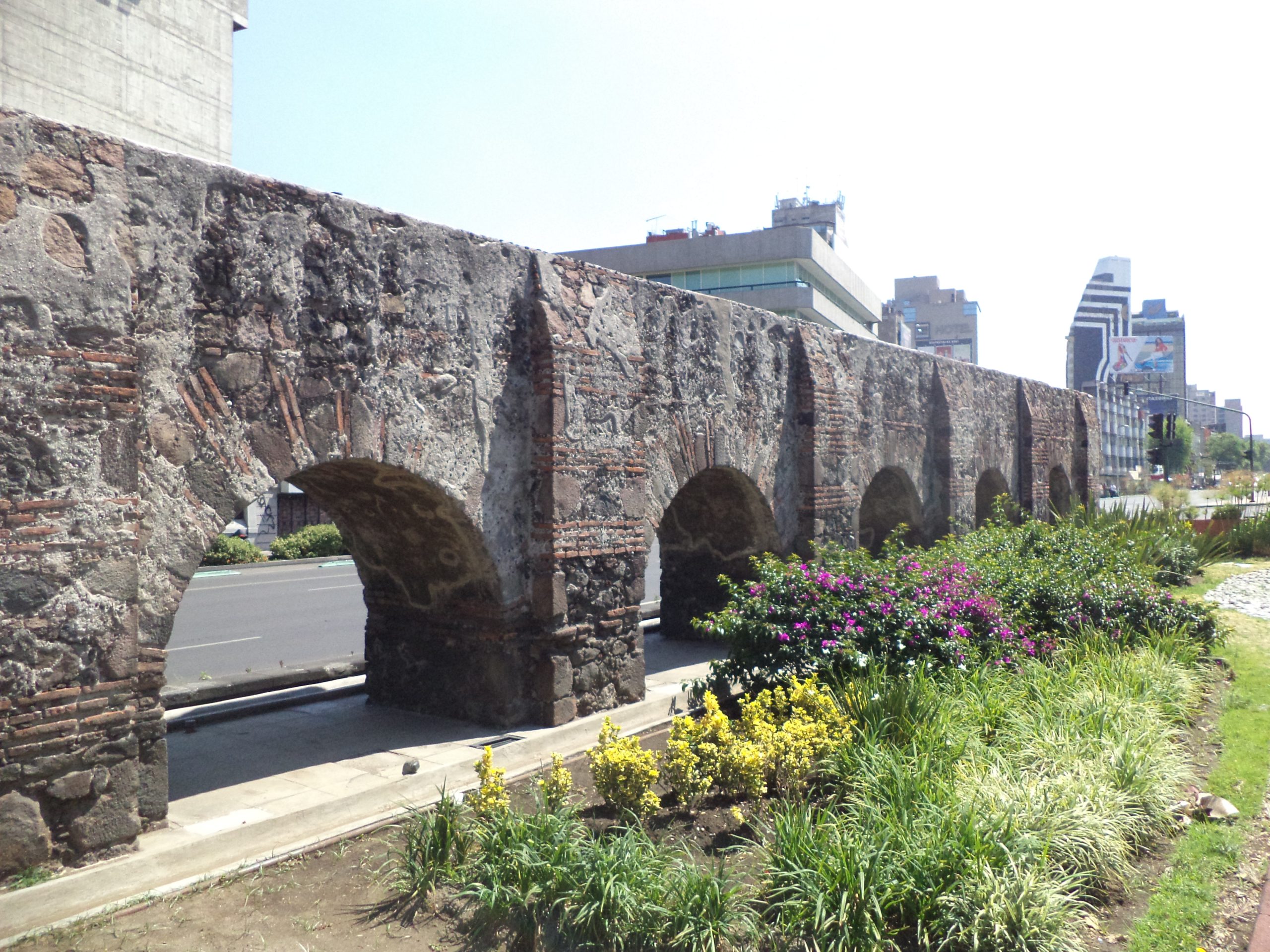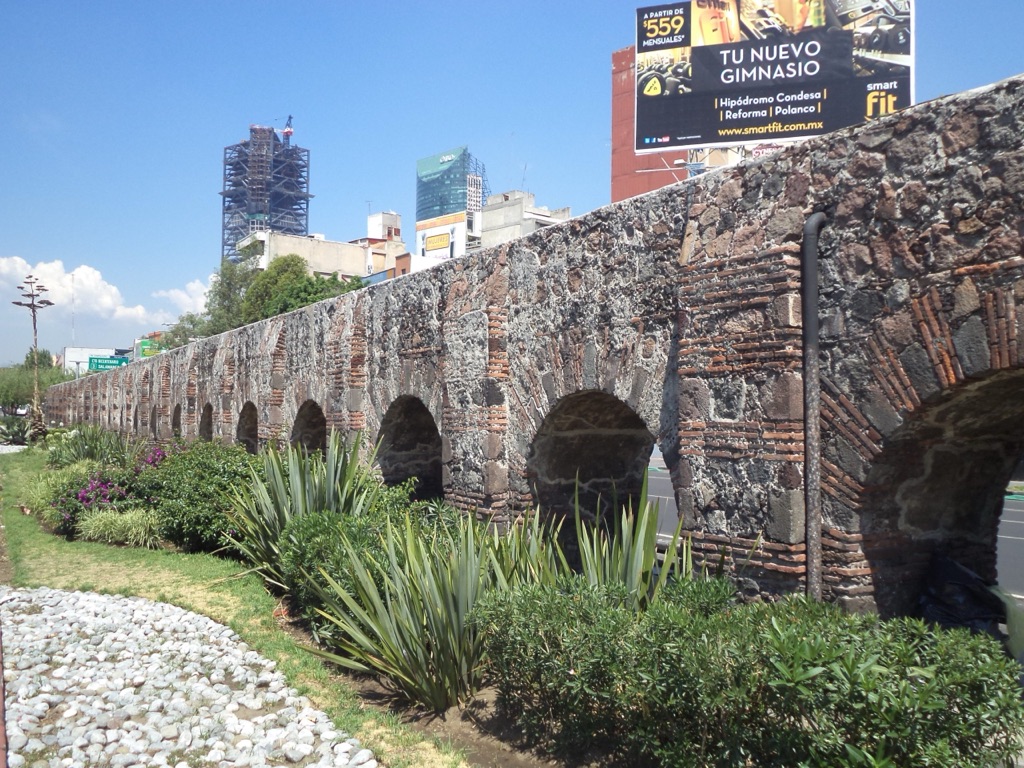The Chapultepec aqueduct is a historic aqueduct located in Mexico City. Originally built by the Aztecs, it was a vital water supply system for the city. The aqueduct is an architectural marvel, showcasing the engineering skills of its creators. It stands as a testament to the city’s pre-Hispanic and colonial past, blending indigenous and Spanish influences. Today, it is a significant cultural landmark and a symbol of Mexico City’s rich history.
Get your dose of History via Email
Historical Background of Chapultepec Aqueduct
The Chapultepec aqueduct’s origins trace back to the Aztec era. However, the structure as it stands today was primarily built under Spanish colonial rule. The aqueduct was constructed to address the water needs of the growing population of Mexico City. It was a monumental project that showcased the blend of indigenous and Spanish engineering practices. The aqueduct has witnessed numerous historical events and has undergone various modifications throughout its existence.
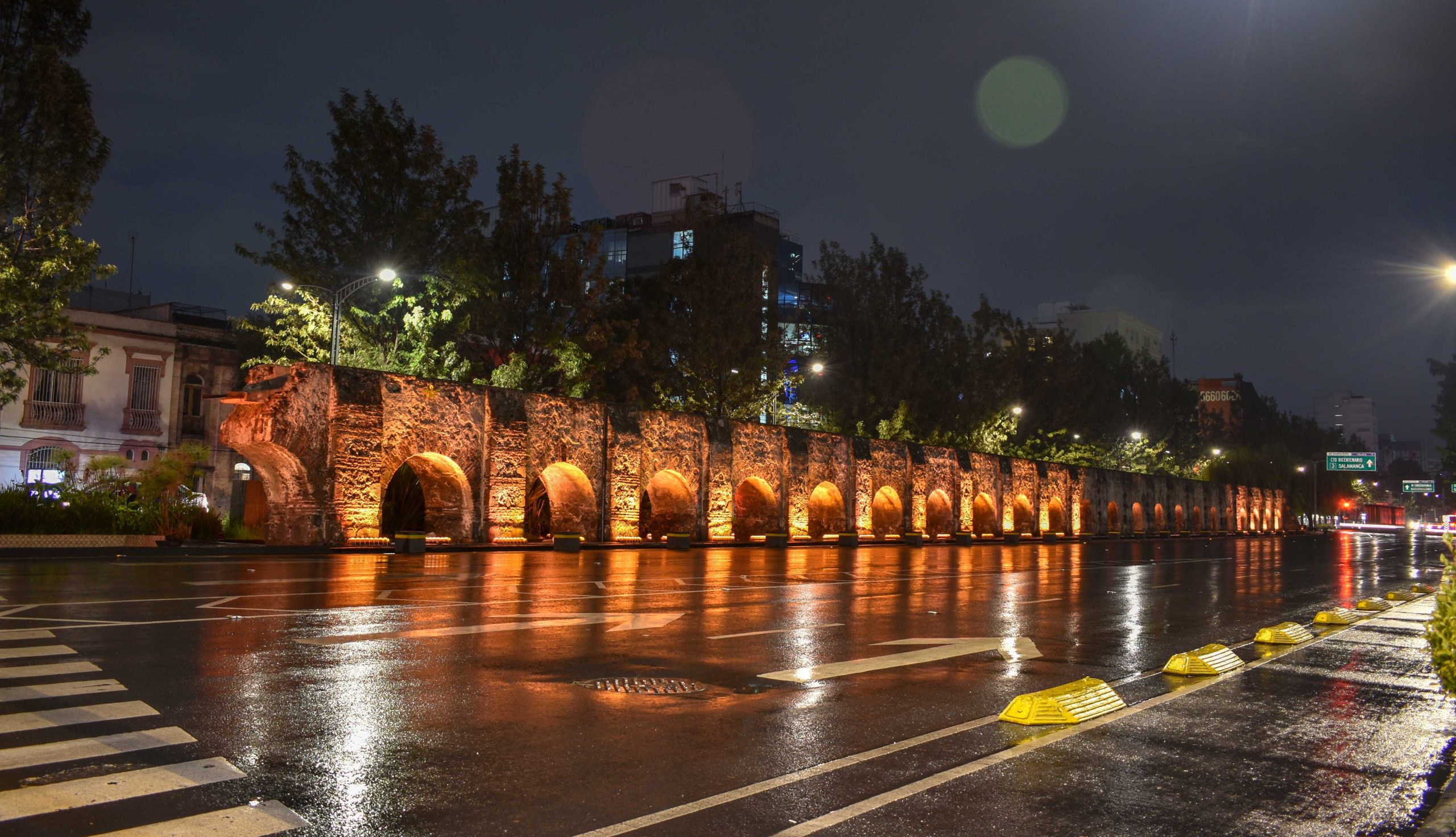
Spanish Viceroy Luis de Velasco commissioned the aqueduct in the 16th century. The project aimed to transport water from the Chapultepec springs to the city center. Indigenous laborers and Spanish engineers worked together on the construction. The aqueduct was a critical infrastructure that significantly improved the city’s water supply and public health.
Over the centuries, the aqueduct has seen various uses and modifications. It served as a primary water source for the city until the 20th century. The aqueduct also played a role during the Mexican-American War. American troops targeted it, recognizing its strategic importance in supplying water to the city.
Today, remnants of the Chapultepec aqueduct still stand, particularly its iconic series of arches. These remnants have become a symbol of Mexico City’s history. They remind us of the city’s colonial past and the technological advancements of that era.
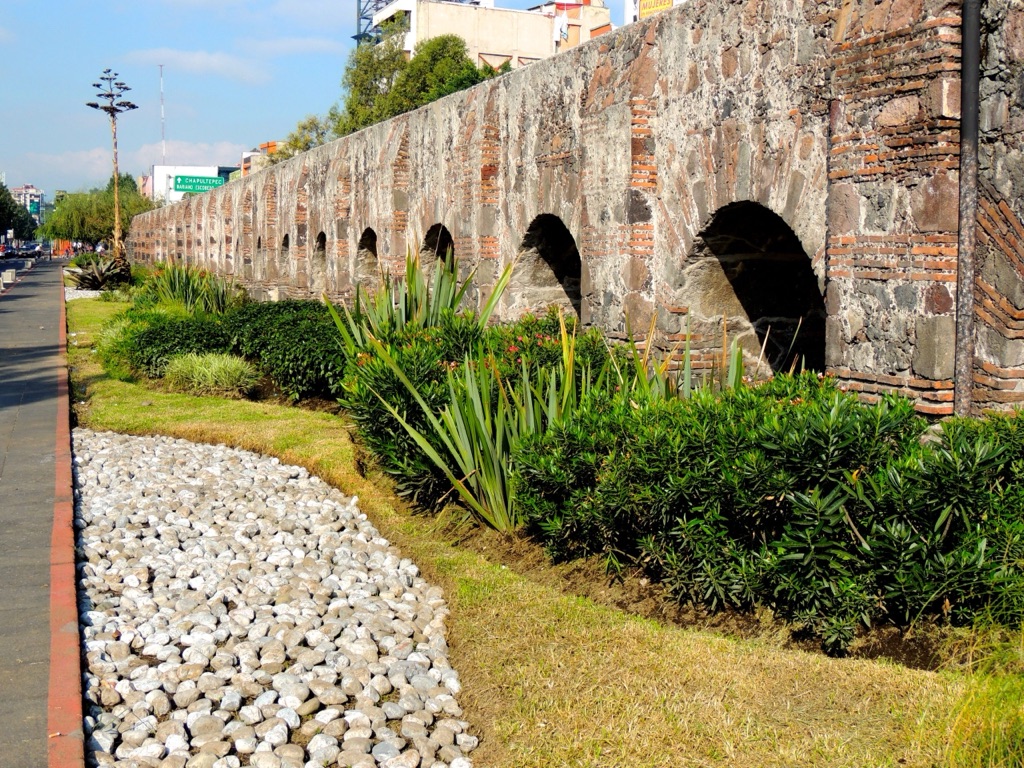
The aqueduct’s historical significance is not just limited to its function as a water supply system. It also represents the cultural and social dynamics of colonial Mexico. The aqueduct is a physical representation of the melding of two worlds—indigenous and Spanish—and the birth of a new identity.
About Chapultepec Aqueduct
The Chapultepec aqueduct is an iconic structure made primarily of volcanic rock. Its construction involved massive arches that supported the canal carrying water to the city. The aqueduct’s design reflects the architectural styles of the time and the influence of Spanish colonialism.
The aqueduct’s most notable feature is its series of arches, which have become an emblem of the city. These arches were not only functional but also aesthetically pleasing. They demonstrate the architectural prowess of the builders and their ability to create enduring structures.
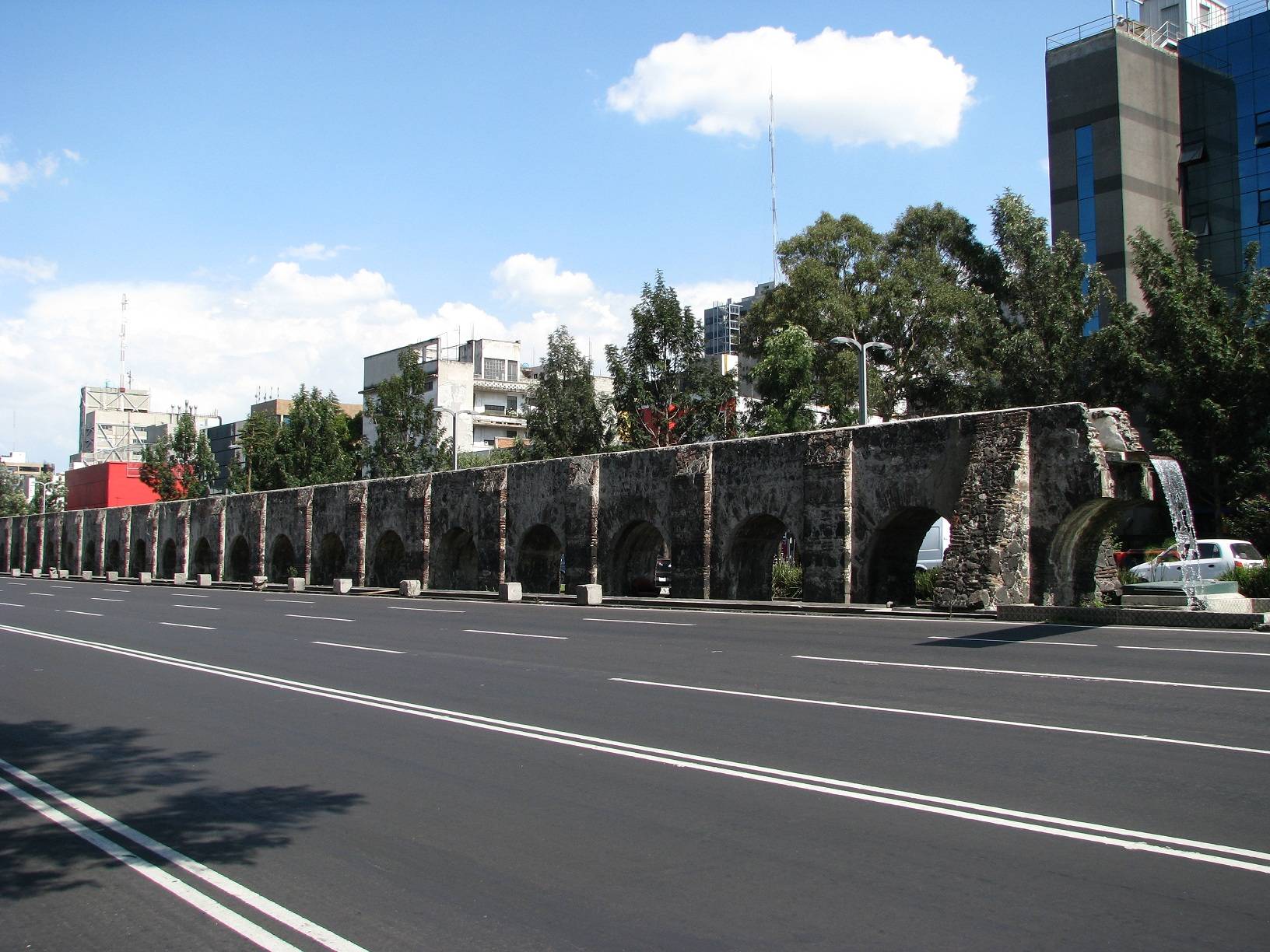
Builders used local materials for the aqueduct’s construction, which contributed to its resilience. The volcanic rock, abundant in the region, was a key material. The use of such materials reflects the builders’ understanding of local resources and their adaptation to the environment.
The aqueduct’s construction methods were a blend of indigenous techniques and Spanish engineering. This combination resulted in a robust and efficient water transportation system. The aqueduct’s design allowed for easy maintenance and adaptation to the city’s changing needs.
Architectural highlights of the Chapultepec aqueduct include its length, spanning several kilometers, and its ability to blend into the landscape. The aqueduct’s integration with the natural surroundings is a testament to the builders’ respect for the environment and their skill in creating harmonious structures.
At a glance
Country: Mexico
Civilization: Aztec and Spanish colonial
Age: Originally from the Aztec era, rebuilt in the 16th century AD
Conclusion and Sources
Reputable sources used in creating this article include:

